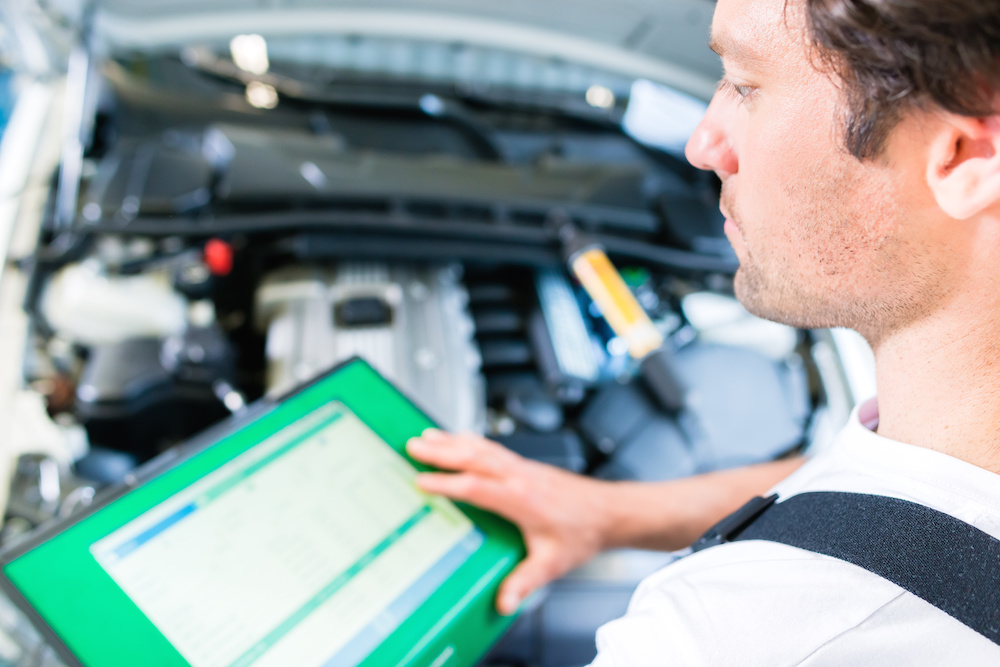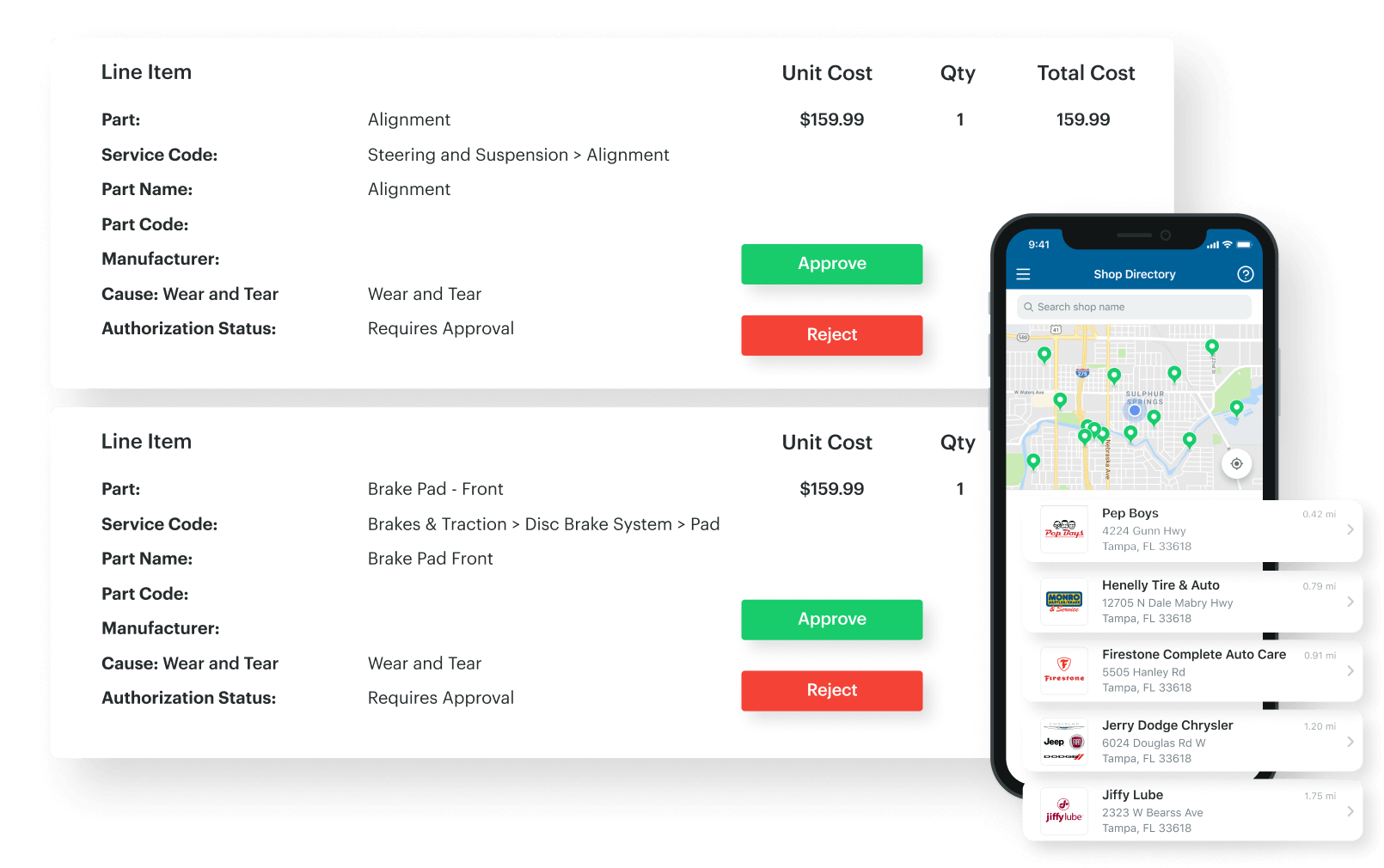If you manage a fleet, you know time is money. In order to keep vehicles out of the shop and on the road, it is vital to have a handle on the status of each fleet vehicle at any point in time. Performing vehicle diagnostic tests as a part of a PM program can help detect issues early on, thus reducing maintenance time and costs.

Let’s look at three ways diagnostics can contribute to the efficiency and productivity of a preventative maintenance program:
1. Early detection
Diagnostics can prolong the life of major asset components. By performing vehicle diagnostic tests, fleets can detect minor problems early on. This reduces the risk of premature component failure which can lead to costly maintenance bills and vehicle downtime.
Example: Detection of an improperly balanced injector that could lead to excessive wear in one cylinder.
2. Maintenance planning & scheduling
Diagnostics allow for the planning and programming of major maintenance tasks. This can be done by developing a historical record of component parameters, allowing for the anticipation of failure points.
Such information can be stored in a fleet management software, which also centralizes maintenance records and provides reports with varying levels of detail. When paired with a GPS system, fleet management software can also program maintenance to be consistent with a vehicle's route schedule.
To further streamline the maintenance process, fleets can even order parts and have them sent directly to the terminal where a maintenance task is scheduled to take place.
3. Reduction of maintenance time & costs
Vehicle diagnostic tests reduce time, parts and work requirements by accurately identifying problems, allowing for immediate and effective repair. This will not only reduce maintenance costs but will also allow vehicles to be more productive by reducing the amount of time needed to perform maintenance.
The use of diagnostic equipment is most appropriate with the engine and electrical system. While it is only logical for developers of diagnostic systems to concentrate their efforts on these two areas, other areas such as the brakes and drivetrain should not be overlooked.
In our next post…
We’ll talk through the diagnostic equipment every fleet should have on-hand for PMs. Check out 8 Diagnostic Must-Haves for PM Inpsections!
Sources: Fleet Management, 11th Edition by John Dolce



